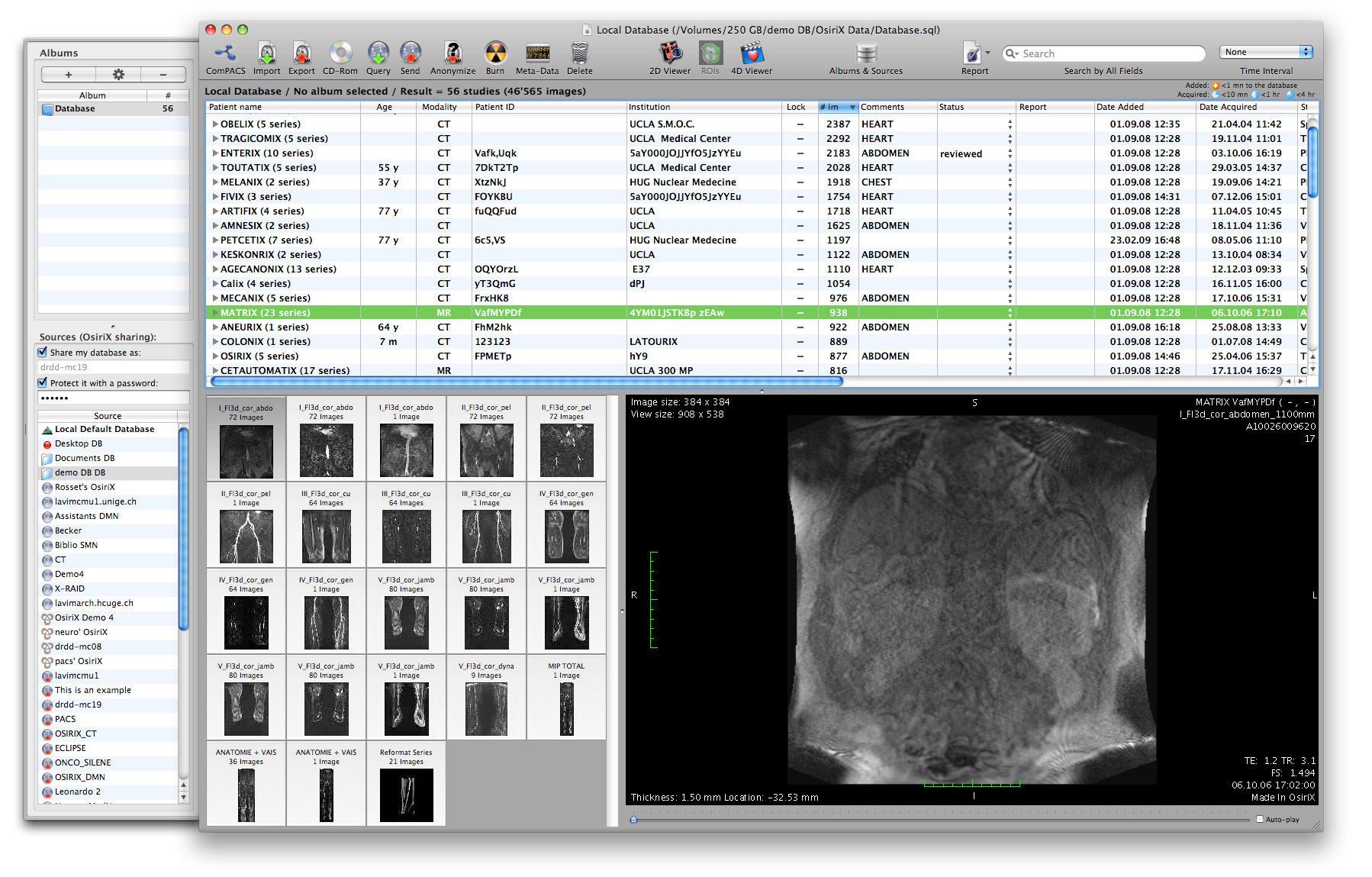
The obturator without clasp fixation, as reported by Murakami et al.


The two-piece obturator solves the problem of the obturator’s insertion and removal, providing good comfort to the patients. There are three main types of two-piece ONF obturator, including ONF obturators with silicone bulbs ( Figure 3), ONF obturators with embedded magnets ( Figure 4), and ONF obturators with indenters ( Figure 5). In recent years, two-piece, claspless, and implant-fixed ONF obturators have become hotspots for the shared goal of achieving better retention. The limitations of surgical conditions and the high incidence of morbidity and recurrence of ONF make the obturator an attractive option. The recurrence rate after ONF repair is also high, ranging from 0% to 43%. Surgical treatment is the first choice for palatal fistula repair, but for large ONF (L-ONF) it may be unavailable for some patients due to the factors including the operation, such as age and cost. ONF can result in nasal leakage, speech disorders, impaired hearing, and food reflux, significantly impacting the patient’s quality of life. The rate of postoperative ONF ranges from 2.4% to 55%, related to the cleft width, Veau type, and surgical method. In addition to arising as a complication of cleft palate repair, it can also occur due to trauma, tumors, infections, and many other factors. The purpose of this review was to introduce the development of the obturator for treating patients with ONF after cleft palate repair, from the initial achievement of the obstruction of the ONF to later problems such as fixation, velopharyngeal insufficiency, and infection, as well as the application of digital technologies in obturator manufacturing.Īn ONF is an abnormal communication between the oral and nasal cavities, clinically manifesting as a defect ranging from the alveolar process to the uvula. In this review, literature searches were conducted through Medline via PubMed, Wiley Online Library, Science Direct, and Web of Science, and 122 articles were selected. For performing the design and fabrication process rapidly and precisely, digital techniques can help, but limitations still exist. Thus, the manufacturing process of the obturator for these patients is more difficult. The anatomy of patients with cleft palate is complex, which may lead to a more complex structure of the ONF.

The objectives of the obturator treatment should be summarized as filling the ONF comfortably and cosmetically restoring the dentition with partial function. When some patients with ONF are unsuitable for secondary surgical repair, the obturator treatment becomes a potential method. An oronasal fistula (ONF) is an abnormal structure between the oral and nasal cavities, which is a common complication of cleft palate repair due to the failure of wound healing.


 0 kommentar(er)
0 kommentar(er)
